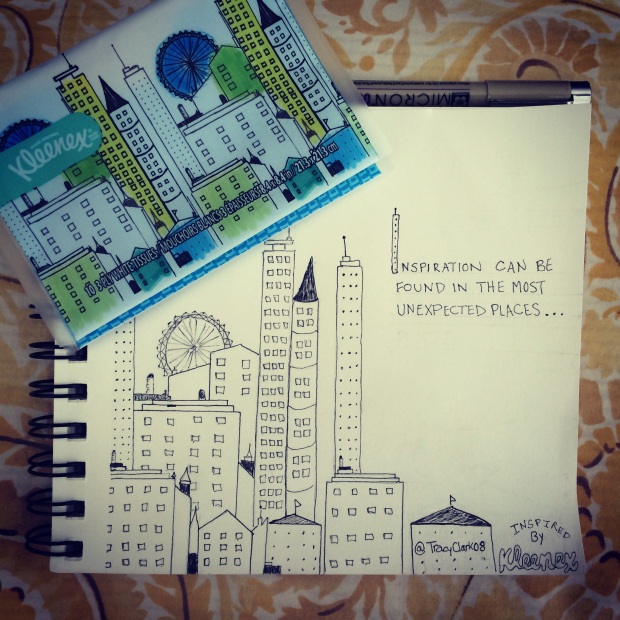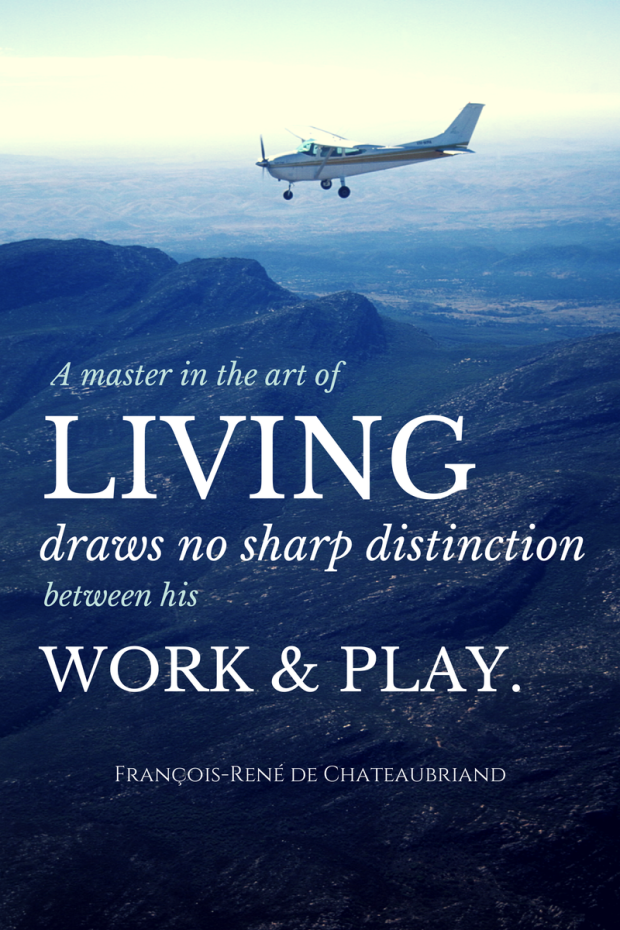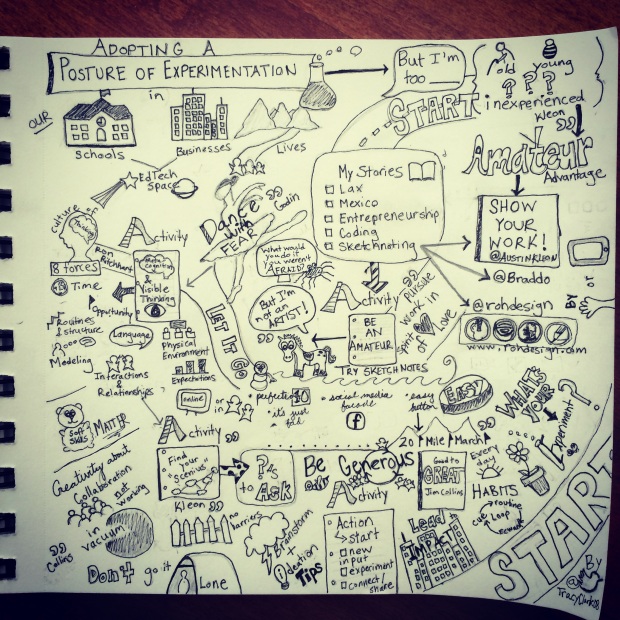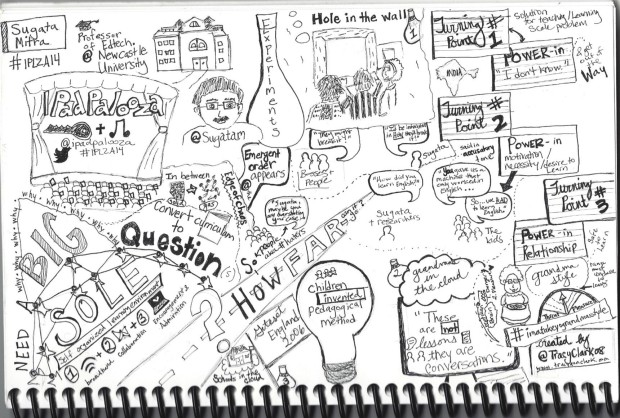At one of those college fairs in high school I remember my mom talking to a recruiter from an art school. The standard parent might try to dissuade their children from going that route for fear of the starving artist fate. Instead, my mom went on about how I drew an elephant or something and it was the most incredible thing she had ever seen #thanksmom. At the time, the vision I had of my future self was anything but a starving artist. My pursuit of perfection and “success” blinded me to the possibility that art, play, and creativity could be part of my work. There was even a time I thought I wanted to be a lawyer—enough said.
 I can’t remember exactly when I started painting and drawing again, but I quickly classified these as weekend activities and put them (quite literally) in a box I would get out and store in rhythm with the weekend workweek flow. It was as if I thought work time had to be hard or taxing to count. Surely this fun and carefree Tracy couldn’t be “working”.
I can’t remember exactly when I started painting and drawing again, but I quickly classified these as weekend activities and put them (quite literally) in a box I would get out and store in rhythm with the weekend workweek flow. It was as if I thought work time had to be hard or taxing to count. Surely this fun and carefree Tracy couldn’t be “working”.
“A master in the art of living draws no sharp distinction between his work and his play; his labor and his leisure; his mind and his body; his education and his recreation. He hardly knows which is which. He simply pursues his vision of excellence through whatever he is doing, and leaves others to determine whether he is working or playing. To himself, he always appears to be doing both.”
– François-René de Chateaubriand
We are guilty of the same misclassification in our schools, cutting out art, music, and free play for fear students don’t have enough time to “learn”—when that is exactly what they are doing through play. What might our students learn when we give them time to play without specific structure and direction? What might we, as educators, learn and model to our students as we play and experiement ourselves?
One of my own experiments started recently, when I began to play with sketchnotes, visual note taking, or whatever you want to call it—and bingo! It didn’t take long to figure out this was clearly compatible with the way my mind worked. I had really been doing a rudimentary form of it for a long time. I just didn’t know it had a name, gurus (@Braddo, @AustinKleon, @MikeRohde to name a few), books, and a whole movement of folks who also thought, created, and reflected in this way. Playing with this medium of reflection and making connections has not only had a positive impact on the work I’m doing, but even the spirit with which I approach work.
Austin Kleon, in his stellar book, Show Your Work, defines the amateur as “the enthusiast who pursues her work in the spirit of love.”
When someone is talking about me and my work, I hope that can be said.
I hope to see educators approach teaching and students, learning, with a spirit of love: I believe a big part of that will come when we learn to play again. When we allow ourselves to be amateurs at something again. When we learn to experiment and create and provide time and space for our students to do the same.
So, as we gear up for a new school year… What will you experiment with that will encourage you to play?
Some ideas for play this school year:
-
Test driving new technology
-
Redesigning your learning space
-
Learning some basic coding skills
-
Implementing a new teaching technique
-
Connecting with educators across the globe
-
Updating your centers, activities, or a couple lessons
-
Giving students the freedom to work in new mediums
-
Scheduling “play dates” with a friend to try out new things
-
Drawing, doodling, playing with art or testing out sketchnotes
-
Taking an online course in something you’ve always wanted to learn







